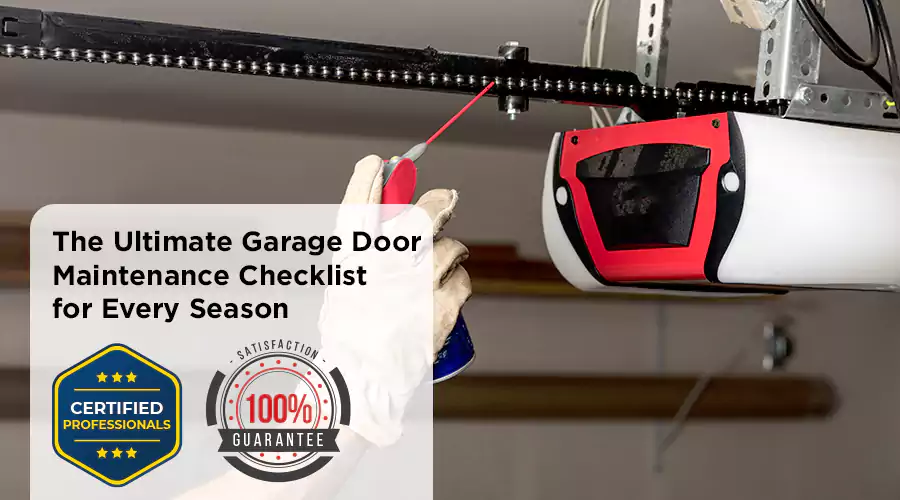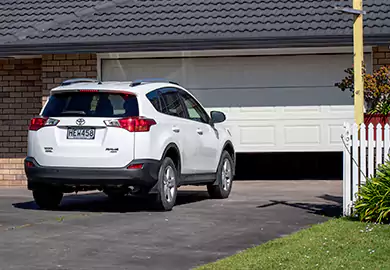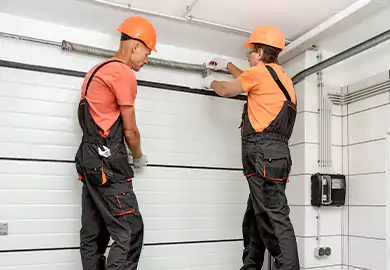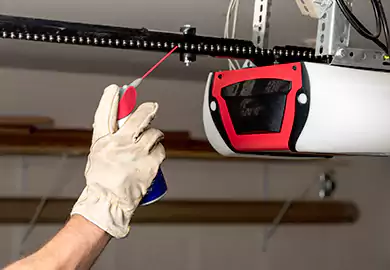Your garage door is the largest moving part of your home, operating an average of 1,500 times per year. Yet most homeowners rarely think about maintaining it until something goes wrong. Regular seasonal Garage Door Maintenance can extend your garage door's lifespan by years, prevent costly emergency repairs, and most importantly, keep your family safe. Different seasons place unique demands on your garage door system, which is why we've created this comprehensive, year-round maintenance guide to help you stay ahead of potential problems.
Spring: The Post-Winter Inspection
After months of cold temperatures, moisture, and road salt exposure, spring is the perfect time to assess winter damage and prepare your garage door for increased usage.
1. Visual Inspection
Walk around your garage door and carefully examine all panels for signs of rust, dents, or warping. Winter weather can be particularly harsh on metal components. Look for any areas where paint has chipped or bubbled, as these spots are vulnerable to rust development. Address any cosmetic issues now before they become structural problems.
2. Hardware Check
The constant vibration from daily use can loosen nuts, bolts, and screws throughout your garage door system. Using a socket wrench, go through and tighten all hardware on the door panels, tracks, and opener unit. Pay special attention to the brackets that hold the track to the wall and ceiling—these bear significant weight and stress.
3. Balance Test
A properly balanced garage door is essential for opener longevity and safe operation. Disconnect the opener by pulling the red release handle, then manually lift the door halfway. If it stays in place, the door is properly balanced. If it falls or rises, the springs need adjustment—contact a professional for this service, as spring tension is dangerous to adjust without proper training.
Summer: Lubrication & Safety Check
Hot weather increases garage door usage for outdoor activities and vacation prep. High temperatures can also cause metal expansion, making proper lubrication and safety checks essential.
1. Lubrication
Proper lubrication reduces friction, noise, and wear on moving parts. Use a silicone-based or lithium-based spray lubricant (never WD-40, which is a degreaser) on the following components: Hinges (where the door sections connect), Rollers (the stem and bearing, not the track itself), Springs (coat lightly along the entire length), Top of the chain or screw drive on the opener. Wipe away any excess lubricant to prevent dirt accumulation.
2. Safety Reversal Test
Modern garage door openers have an auto-reverse feature that prevents injury or property damage. Test it by placing a 2x4 board flat on the ground in the door's path. Close the door using the remote or wall button. When the door contacts the board, it should immediately reverse direction. If it doesn't, adjust the force settings on your opener according to the manufacturer's instructions or call a professional.
3. Weather Seal
Inspect the rubber weather seal along the bottom of your door. It should be flexible and make complete contact with the floor when closed. Replace it if you notice cracks, gaps, or brittleness. A good seal keeps out pests, water, heat, and significantly improves energy efficiency.
Fall: Preparing for the Cold
As temperatures drop, it's time to weatherproof your garage door system and inspect components that will bear the extra load of winter operation.
1. Photo-Eye Test
The photo-eye sensors on either side of your garage door opening are critical safety devices. Clean them with a soft cloth, then test them by closing the door and waving an object between the sensors. The door should immediately reverse. If it doesn't, check the sensor alignment—the indicator lights on each sensor should be solid, not blinking. Misaligned sensors are a common cause of garage door malfunctions.
2. Track Inspection
Examine the vertical and horizontal tracks on both sides of your door. They should be free of debris, properly aligned, and securely mounted to the wall. Use a level to check for plumb on the vertical sections. If you notice significant gaps, bends, or loose mounting brackets, these issues should be addressed before winter weather adds extra stress to the system.
3. Cable and Spring Check
Visually inspect the lift cables and springs for signs of fraying, rust, or wear. Cables should be tightly wound with no broken strands. Springs should show no gaps or separation in the coils.
CRITICAL SAFETY WARNING: Never attempt to adjust, repair, or replace torsion springs or lift cables yourself. These components are under extreme tension—often exceeding 200 pounds of force—and can cause serious injury or death if mishandled. Always contact a qualified professional for any spring or cable work.
Winter: Operational & Remote Checks
Freezing temperatures test your garage door's reliability. Focus on maintaining smooth operation and preventing cold-weather problems.
1. Manual Operation
Once or twice during the coldest months, disconnect your opener and manually cycle the door through a complete open-and-close operation. This ensures the door moves freely when cold and prevents the lubricant from becoming stiff. If you notice resistance or binding, contact a professional before attempting to operate the door with the opener.
2. Battery Check
Cold weather drains batteries faster than warm conditions. Test your remote controls and external keypad regularly. Keep spare batteries on hand to avoid being locked out during freezing weather. Consider replacing batteries proactively each fall.
3. De-Icing
If your garage door freezes to the ground, never force it open with the opener—you risk burning out the motor or breaking critical components. Instead, use a hair dryer or heat gun to gently warm the bottom seal and break the ice bond. You can also carefully chip away ice around (not directly under) the door. Once freed, check the weather seal for damage and consider applying a silicone spray to prevent future freezing.
The Professional Touch
While this seasonal maintenance routine will keep your garage door in excellent condition, some tasks require specialized knowledge and tools. DIY maintenance has its limits, and crossing those limits can be dangerous and expensive.
Never attempt to:
- Replace or adjust torsion springs
- Replace lift cables
- Repair or replace structural components under tension
- Repair or modify the garage door opener's electrical system
We recommend scheduling an annual professional tune-up with our experienced technicians. A professional service includes specialized testing, commercial-grade lubrication, precision adjustments, and a comprehensive safety inspection that goes beyond what homeowners can safely perform.
Protect Your Investment Year-Round
Seasonal garage door maintenance isn't just about preventing repairs—it's about protecting one of your home's most important systems and keeping your family safe. By following this checklist throughout the year, you'll enjoy smoother operation, lower energy bills, and peace of mind knowing your garage door is ready for whatever the season brings.
If you discover any issues during your seasonal inspections, or if you'd like to schedule your annual professional tune-up, contact us today. Our certified technicians are ready to ensure your garage door operates safely and reliably for years to come.





